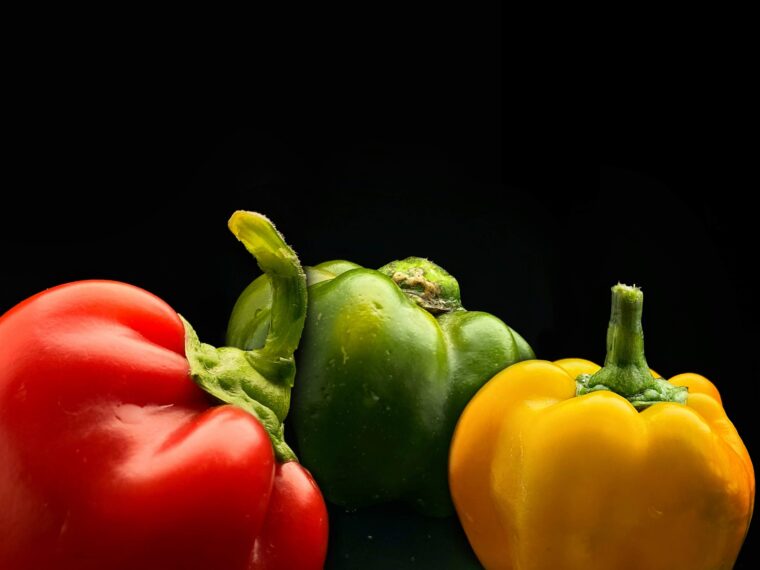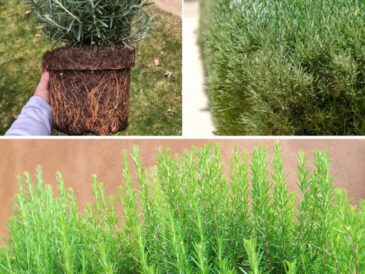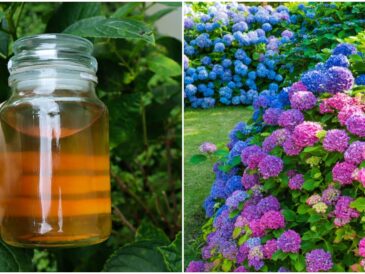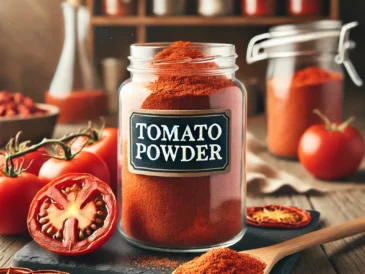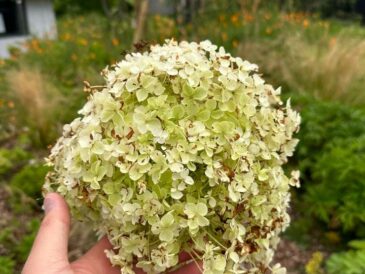If you’re growing peppers this season, you might be looking for ways to boost their growth and maximize your harvest. One of the best and simplest techniques to encourage your pepper plants to thrive is topping, or cutting off the top of the plant. While it might seem counterintuitive to chop off part of your plant, topping can lead to more resilient plants and significantly more fruit production throughout the summer. Here’s why this method works and how to do it correctly.
Why Topping Works
- Encourages Bushier Growth
- Pepper plants naturally grow in a central, vertical stem, which can limit their ability to branch out. By cutting off the top of the plant, you force it to redirect its energy into producing more side shoots, creating a bushier structure.
- More branches mean more sites for flowers and, ultimately, more peppers.
- Improves Air Circulation
- A bushier plant with more evenly distributed branches allows better airflow around the leaves. This reduces the risk of fungal diseases like powdery mildew and improves overall plant health.
- Strengthens the Plant
- Topping encourages the plant to develop a sturdier stem and root system. This makes the pepper plant more resistant to wind and heavy fruit loads.
- Boosts Fruit Production
- The additional branches mean more flowers and fruits. The energy the plant would have spent on vertical growth is instead used to support fruit development.
When to Top Pepper Plants
Timing is crucial to get the best results from topping:
- Ideal Stage: Top your pepper plants when they have at least 6–8 sets of true leaves. This is usually when the plant is about 6–8 inches tall.
- Too Early: Cutting too soon can stress the plant and slow its growth.
- Too Late: If the plant has already started flowering, topping can reduce fruit production in the short term.
How to Top Pepper Plants
Follow these simple steps to top your pepper plants effectively:
- Inspect the Plant
- Ensure the plant is healthy, free from pests, and well-hydrated before topping. A stressed plant may struggle to recover.
- Identify the Top
- Look at the central stem and locate the growing point (the newest set of leaves at the top of the plant).
- Cut Above a Node
- Using clean, sharp scissors or pruning shears, make a clean cut just above a node (the point where leaves meet the stem).
- Make sure to leave several sets of leaves below the cut for the plant to continue photosynthesizing.
- Dispose of the Top
- The cut portion can be composted or even propagated if it has enough leaves to support growth.
- Monitor and Care
- After topping, the plant may temporarily slow its growth. Ensure it receives plenty of sunlight, water, and nutrients to recover quickly.
What to Expect After Topping
- First Week: The plant may look stunted or stop growing temporarily. Don’t worry—this is normal as it adjusts.
- Second Week Onward: You’ll notice new branches forming from the nodes below the cut. The plant will become bushier and more robust.
- Flowering and Fruit: With proper care, the new branches will develop flowers, resulting in more peppers throughout the season.
Tips for Successful Topping
TO CONTINUE READING THE ARTICLE PLEASE SEE PAGE 2
